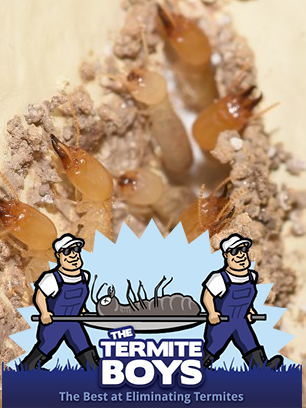The edible insect industry is bringing certain insects to public attention. For example, termites are notorious for destroying timber-framed homes and buildings; costing billions of dollars each year. If it was not for the widespread structural damages that termites cause, nobody would know anything about termites. However, now termites are literally becoming popular for the way in which they taste. Edible termites have yet to take America by storm, but in South Africa, the edible termite market is booming. Surprisingly, female senior citizens are at the center of all of this economic success involving edible termites in South Africa.
As westerners are slowly getting used to the idea of eating insects, researchers are becoming more curious about the population-wide effects of keeping an insect-based diet. Indigenous South African tribal groups offer researchers a clear look into the role of termites as a consistent source of nutrition in large groups of people. Several studies have already been published concerning the most nutritious edible insects in Africa. Many of these studies have emphasized the importance of edible insects in poor communities. One of the most recent studies to explore these topics comes from the University of Witwatersrand. This latest research has demonstrated that termites are among the most nutritious of all edible insects in South Africa. Many similar studies yielded the same results, but this latest study has emphasized the role of grandmothers in the termite market as well.
Due to certain tribal customs, many elder females from different villages in Africa take over the responsibility of raising termites for consumption. In fact, the entire edible termite market in South Africa is controlled mostly by women over the age of sixty. When catching termites in the wild, many women are accompanied by children. Some of these children learn how to properly catch and collect termites from the wild. However, for the most part, the secrets behind catching, collecting, preparing and selling edible termites is known only by the eldest women in a particular village. The research showed that these entrepreneurial grandmas raked-in a relatively high amount of profit from their termite sales. The study ultimately found that edible termites are essential to public health in South Africa, and the methods used to collect termites from the wild should be passed down to each succeeding generation. Ideally, the means by which termites can be captured and consumed should be made public knowledge.
Do you think that different methods of termite preparation and collection are deliberately withheld by the elder females so that they can maintain profits?

